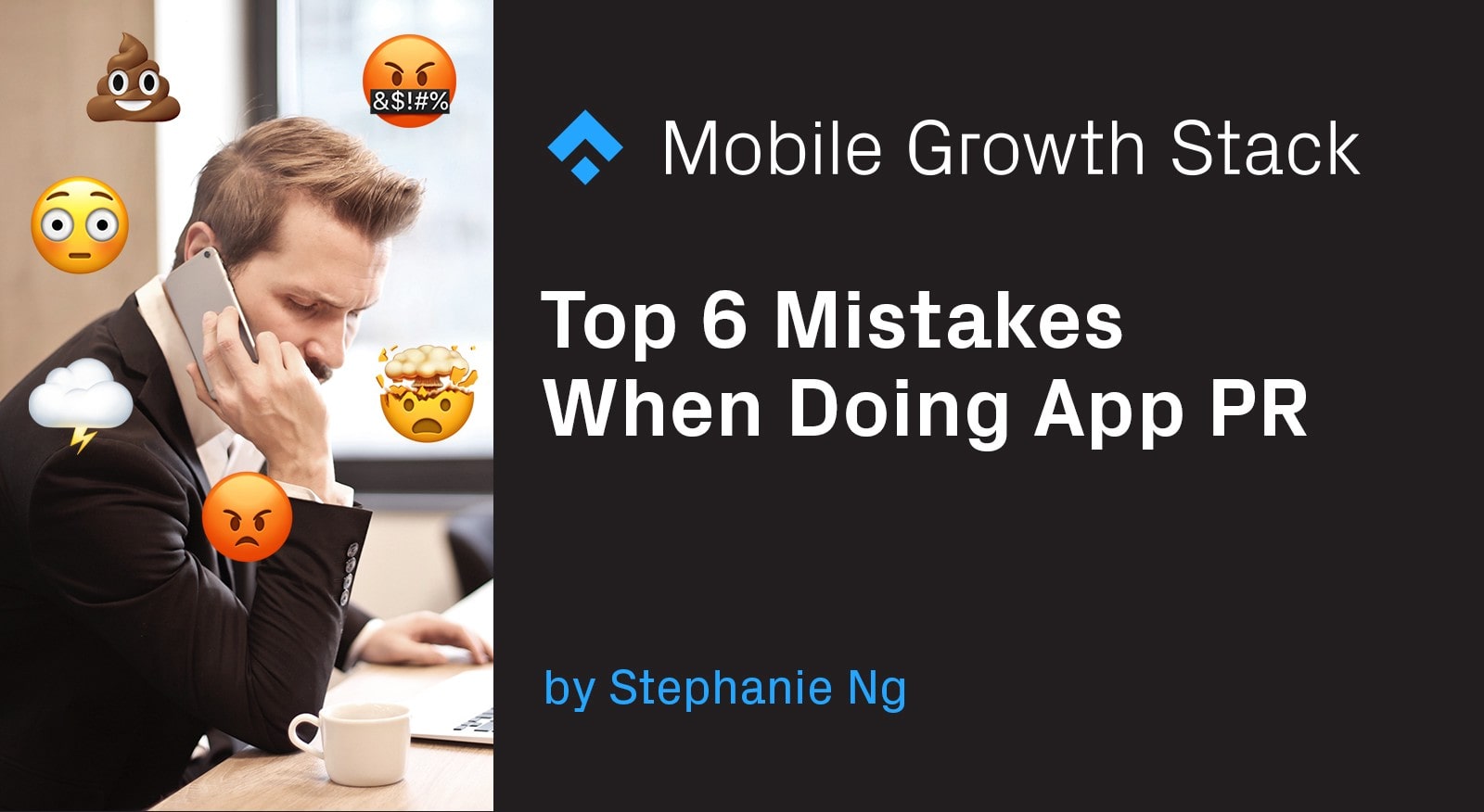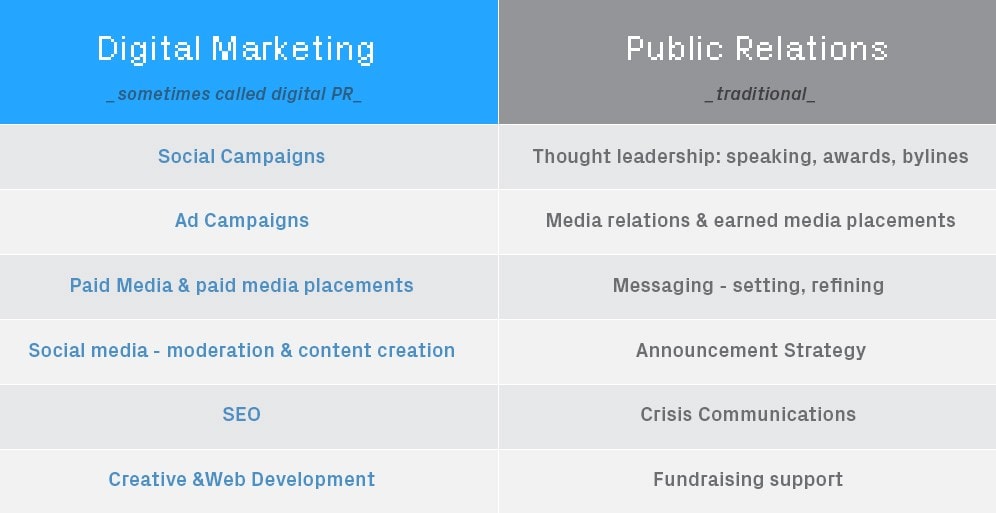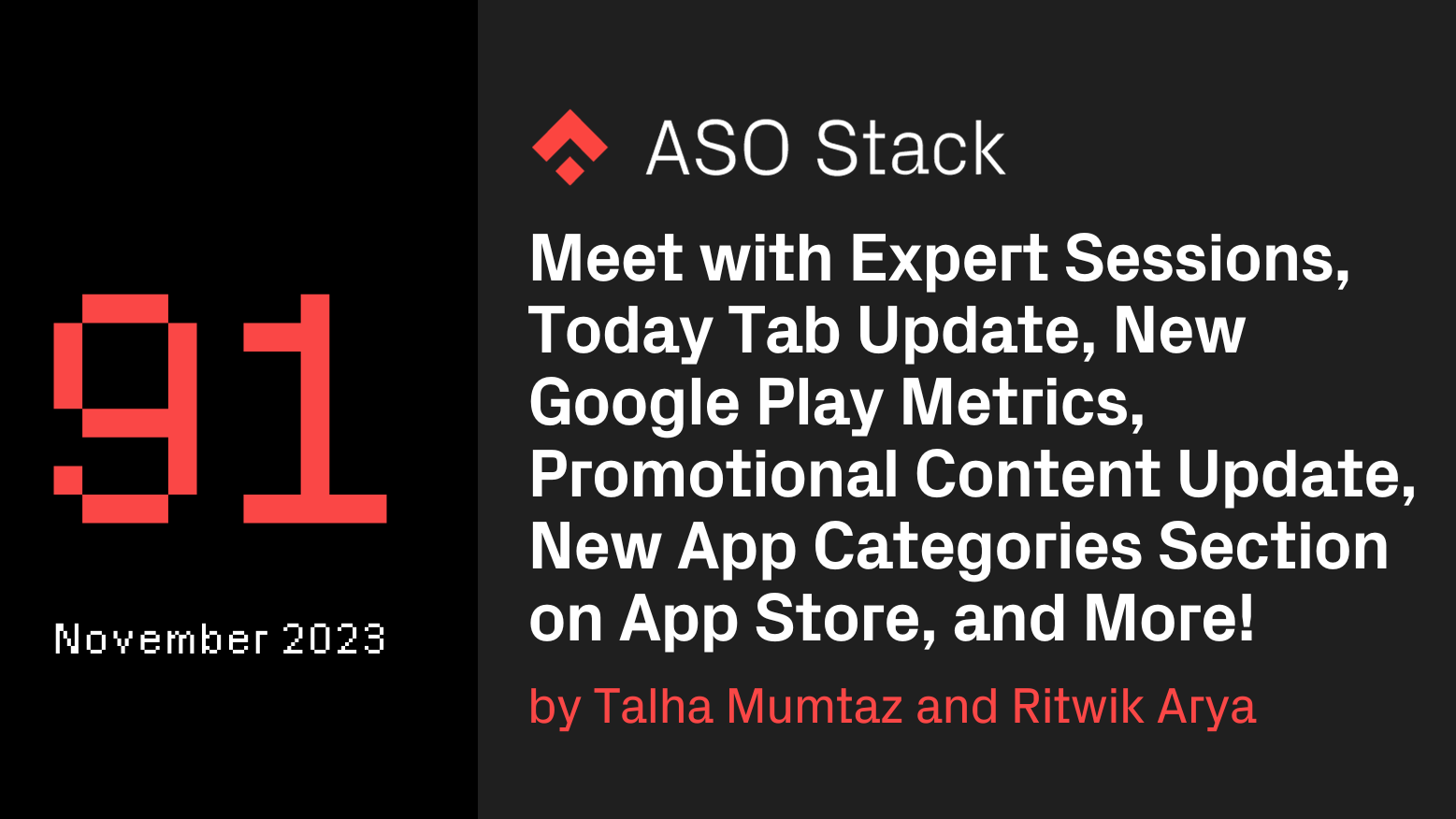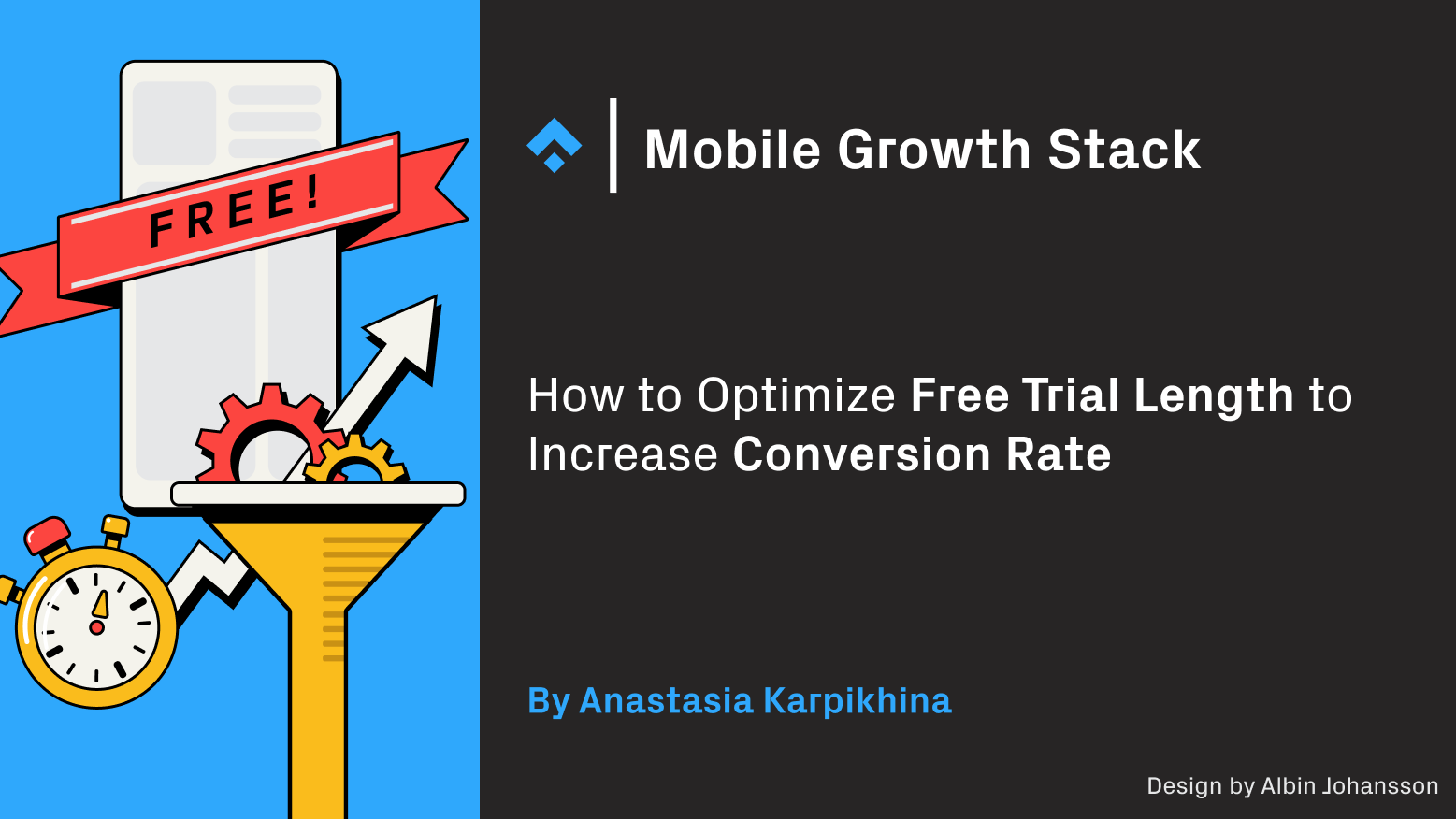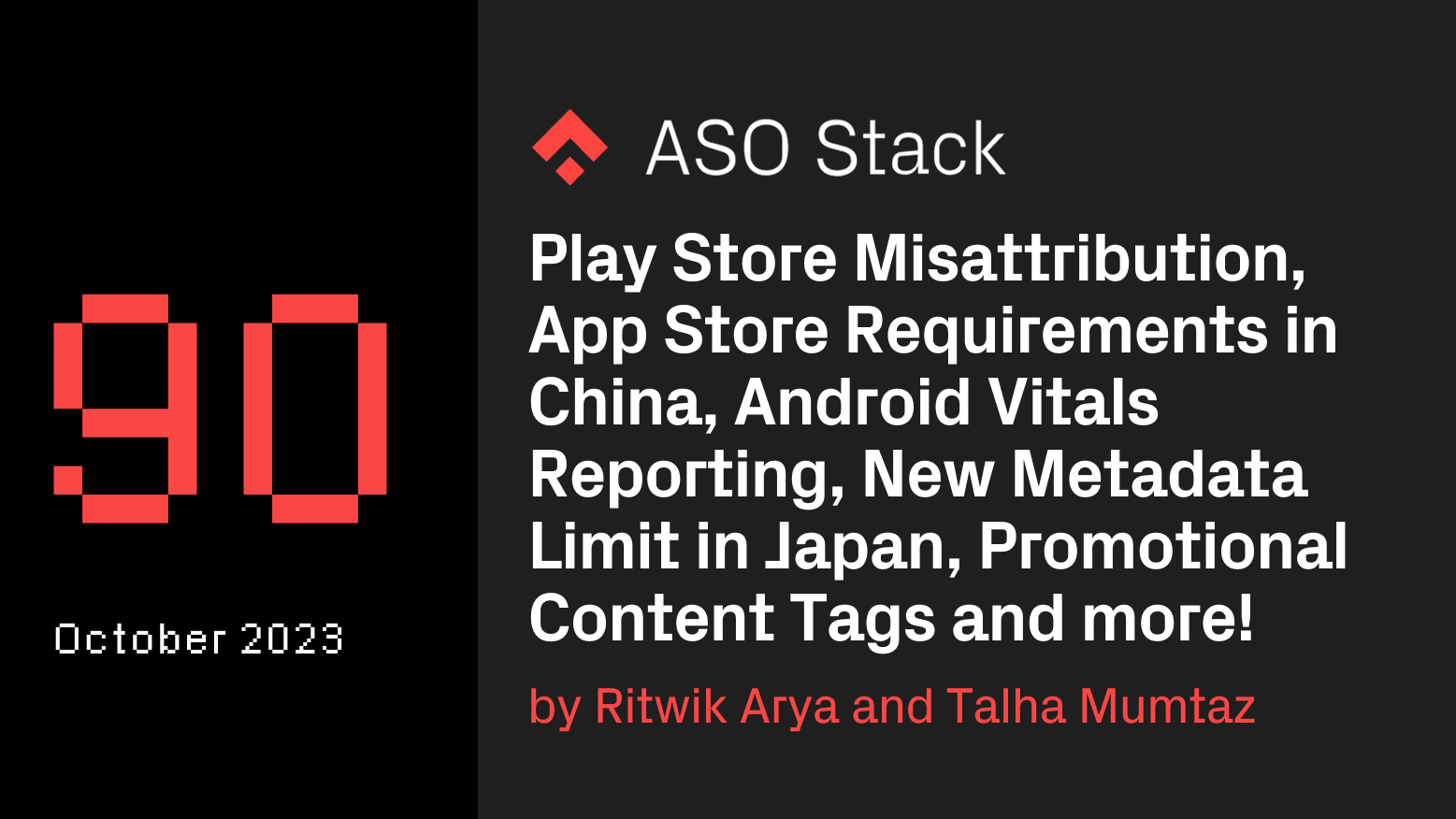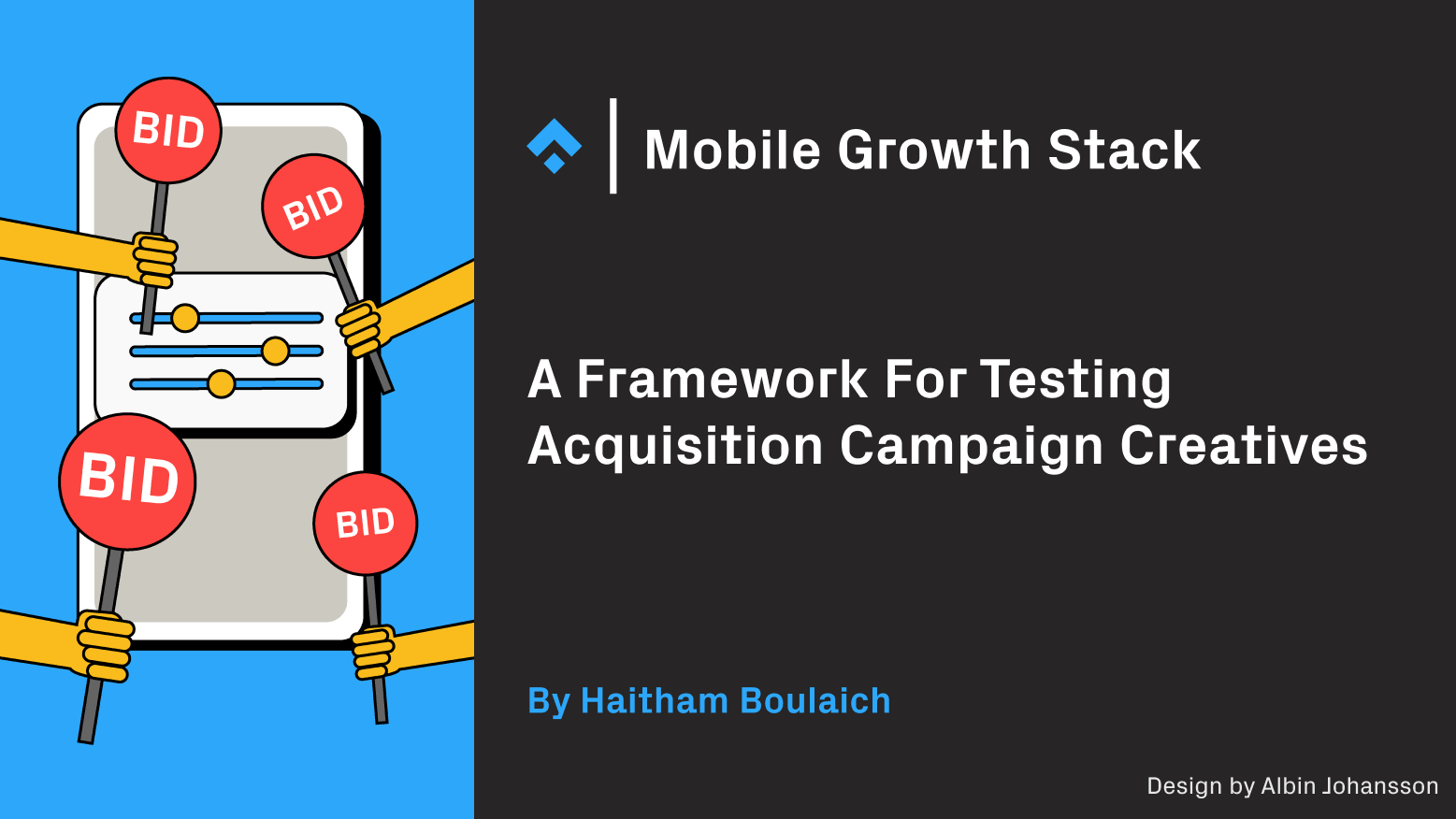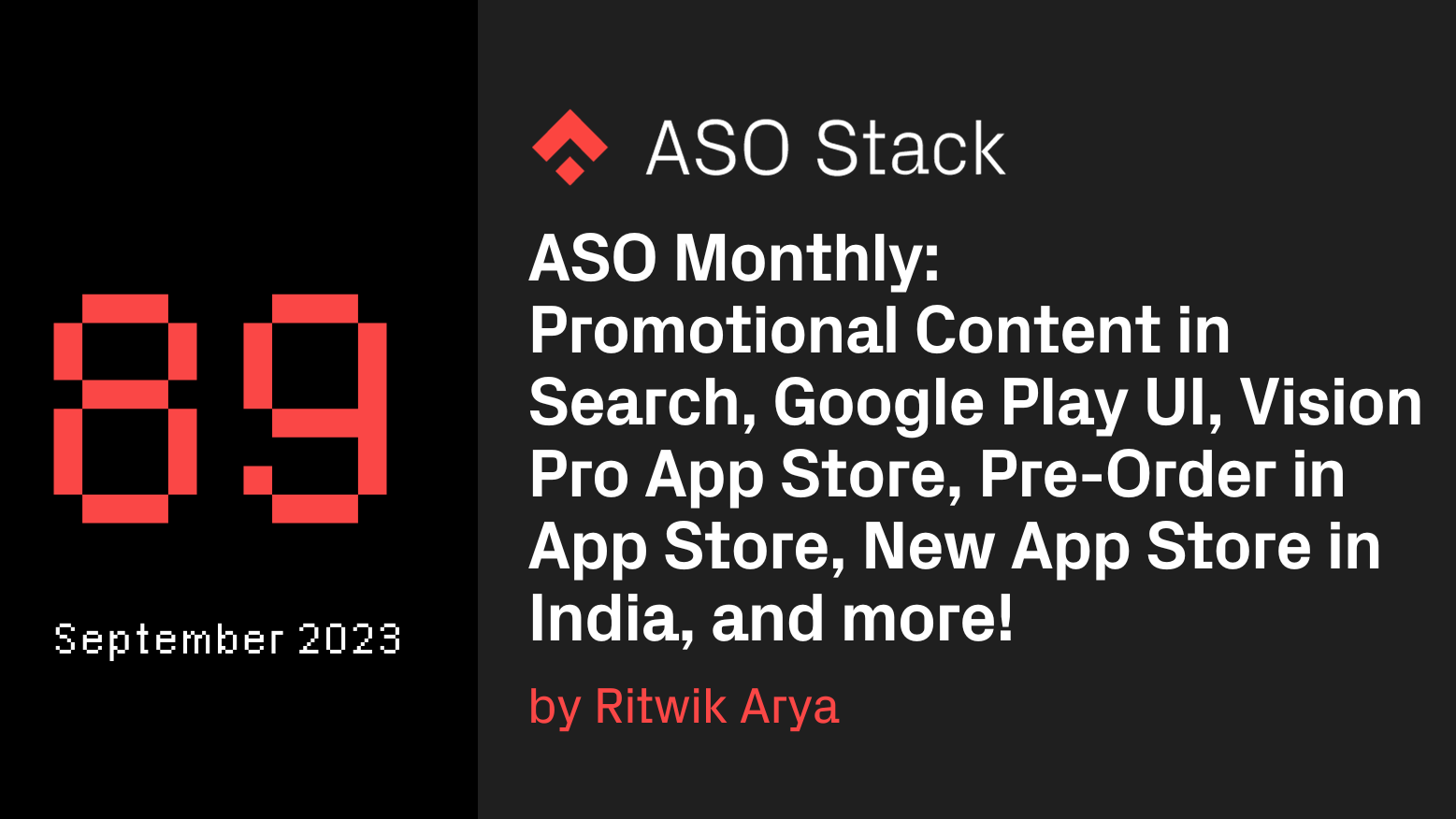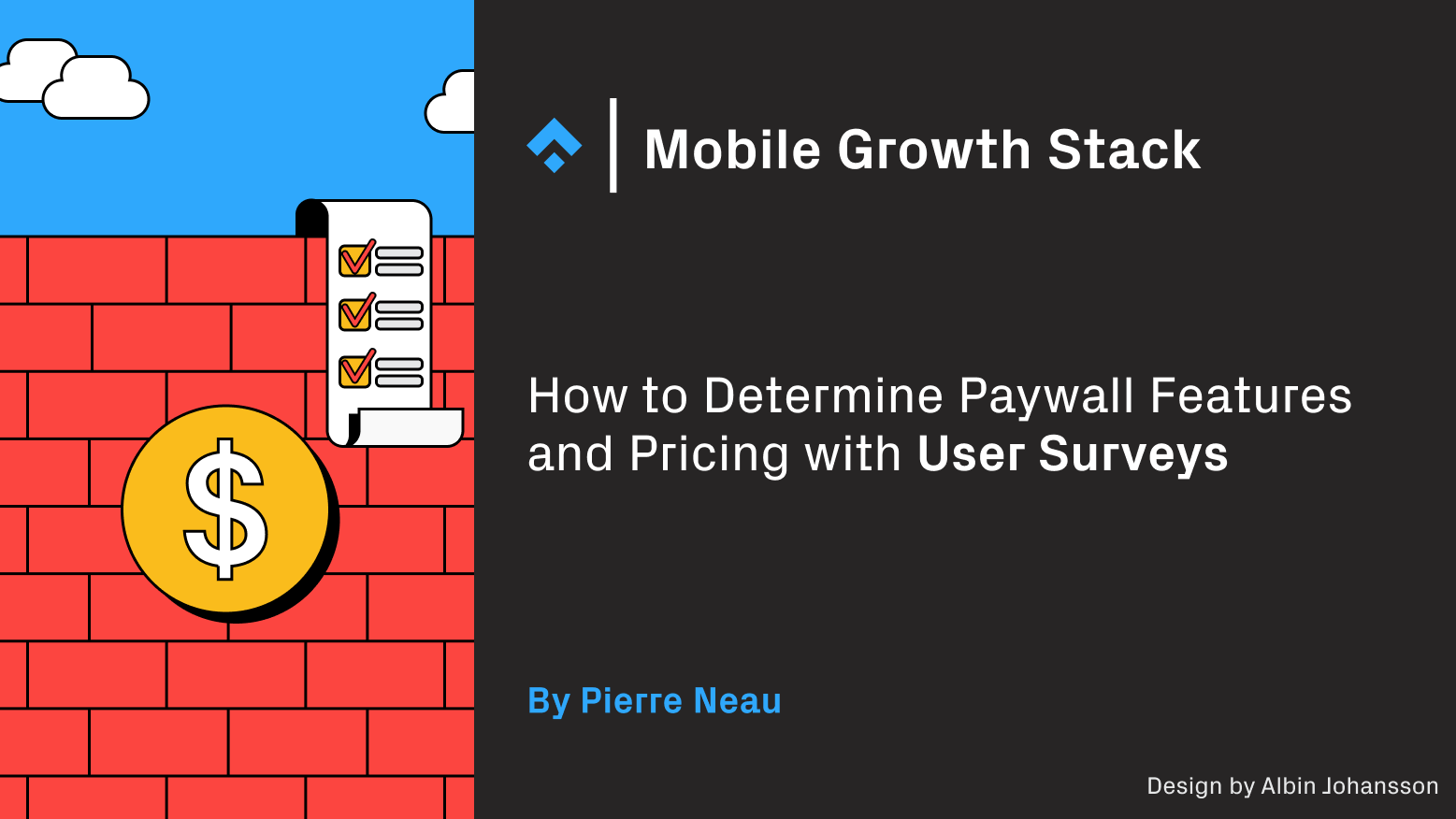This is a guest post by Stephanie Ng. Stephanie is a tech PR pro and specializes in media relations. She works with early and late stage startups and is a two year winner of Business Insider’s Top Tech PR people (2016 and 2017) and was recently named in part of PR News’ Top PR Pros Under 30 in 2017. Clients past and present include: DCM Ventures, Evernote, Facebook, Lime, NextBit, Patreon, Speck Products, SoundCloud, TravelBank, and Twitter.
NUMBER 1: Hiring an agency too quickly, or not hiring a PR person at all.
One of the most common misconceptions amongst early stage founders and CEOs is that their startup needs to hire a PR agency — before the company has any news, or has old news. This can be a huge waste of money and time. Most good agencies will typically charge on a monthly retainer — and sometimes on a project base (lasting around 3 months). If an agency is willing to take you on, on a retainer, for less than 10K, this should be a red flag. If you can’t afford ~10K a month for an agency, and don’t have a steady news pipeline, here is what you should do instead:
- Just starting out and bootstrapping? Hire a PR consultant. This should be sufficient up until or through your Series A. Think of a PR consultant like a mini agency. Planning to announce your raise? Make sure to get a PR person engaged AT LEAST 2–3 weeks ahead of when you want to announce.
- Got 7–15M in the bank and news coming? Hire an agency. Premium agencies will be retainer based, and you’re looking at spending at least 15K per month.
- When looking for an agency, its best practice to create an RFP. Here’s a good article with helpful tips from PR News.
- When you sign an agency, you are not only buying their strategic expertise, but you are buying their media relations. Don’t be afraid of asking for examples of secured client coverage or case studies.
- Got a hefty announcement and want the support of an agency but not the commitment of going retainer based? Negotiate a project. Most agencies will have a minimum time engagement, say 90 days.
NUMBER 2: Not understanding the difference between digital marketing and PR.
Your PR agency/consultant is most effective when focused. Don’t ask for an overall marketing strategy — that’s something you should hire a marketing consultant to do, or do in-house. Here is a handy chart of examples of what your PR agency or consultant can/cannot do. (Larger agencies, however, can have both practices)
NUMBER 3: Not interacting with Apple’s developer relations team early enough.
Getting a placement in the App Store or Play Store can give you a sizable increase in the number of downloads you receive. What you should know: this isn’t random, there is an editorial team responsible for curating apps. While there isn’t a step by step guide for getting your app featured, there are some things that you can do to improve your chances.
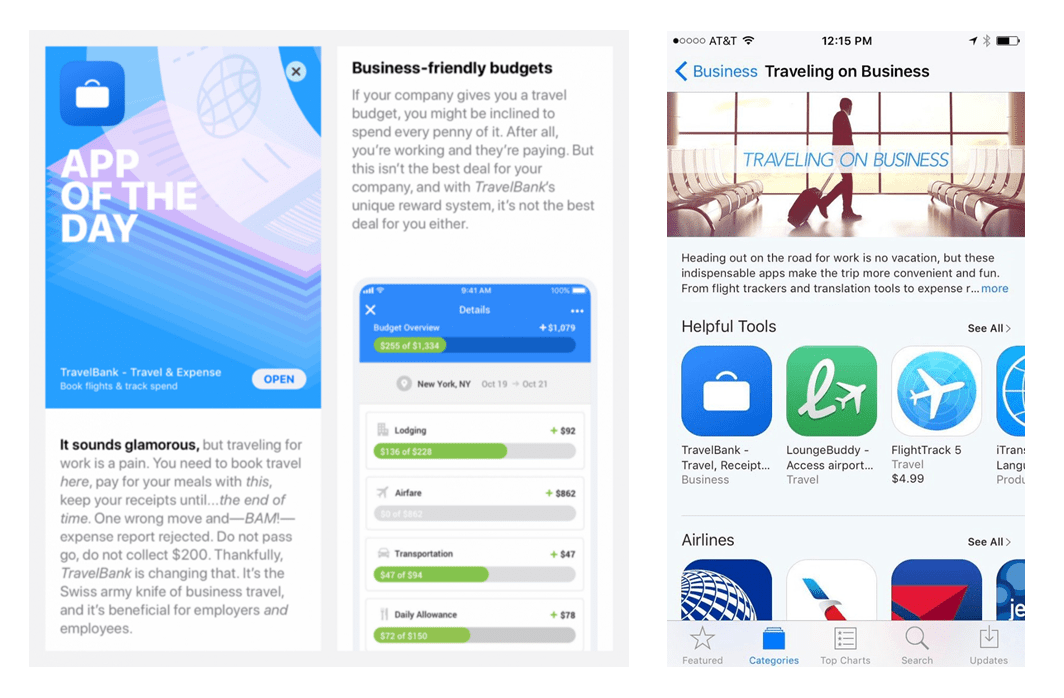
- You should work with your app dev relations team member at least a month before releasing your app. They’ll be most interested in how you are incorporating (and frankly showing off) new features of their OS, and that your app is optimized for the latest flagship device. The better you make their products look, the more likely you are to get featured.
- It’s about who you know. App Store editors don’t make themselves easy to find. If your development lead works directly with someone at the App Store or Play Store, be sure to ask for an intro.
NUMBER 4: Not setting the media strategy correctly for *YOUR BIG ANNOUNCEMENT*
Your announcement media strategy should be carefully thought through and include Plans B and C. Here are some hypotheticals and examples:
SCENARIO A
My company is HOT! The press knows about us and we have a strong group of friendlies. This is clearly the ideal situation. (Friendlies are a small group of press who follow your news, executives, or investors, and they regularly answer your emails). In this case, consider an embargoed news push. Here are the steps for conducting an embargoed news push:
- Build two media lists. First: a list of reporters you wish to share this news with under embargo. This should include top tier reporters who cover your news, your competitor’s news, and your industry. Second: a list of reporters you wish to share the news with once the announcement is live. This should be a wider range of journalists who cover your beat, for example.
- Reach out to those on the first media list, ask them if you can share the news with them UNDER EMBARGO. This is essentially an NDA until a specific date, your launch date. Please do not ask a journalist to sign an NDA.
- Once the embargo is agreed upon, share a pitch of the news + your announcement. Your announcement should be a blog post (on your company’s blog) or a press release. If your announcement is complex and interesting enough, offer up a pre-brief with the journalist. A pre-brief is a phone call or an in-person meeting with your executive on the news.
- The journalist will then consider covering your news for the announcement date.
- On announcement day, push your announcement live at the agreed-upon embargo lift time, any journalist who had your news in advance and decided to write will push their piece live at this time. This is also when you should be pitching your second list — your blast list.
SCENARIO B
My company is interesting, but not many press know about us. Consider the exclusive route. An exclusive is nearly the same as the above process, except that you pick ONLY ONE JOURNALIST to received the pre-brief and the news in advance of the embargo lift. This is a negotiation, and typically you give journalists 2–3 days to accept an exclusive story before moving on to the next journalist.
NUMBER 5: Thinking TechCrunch will care: not targeting the right journalists.
I’ve met many founders and CMOs who think that TechCrunch will write anything — and so, they should write about my app. WRONG. It’s important to be thoughtful when building your media list and media relations. Here are a few tips:
- Reverse engineering your media list. Who has covered you or your competitors’ news in the past?
- Ask your investors who their media friendlies are. Engaging with your investor’s PR agency is always a good step.
- Keeping friendly relationships warm — do you have a beta program that you would be OK with having a journalist in?
NUMBER 6: Not pitching effectively
Of course, a key part of app PR is having a good pitch. And of course, I have tips and tweets to prove them:
- Never send out mass emails or press releases. Use the correct channel: email.
Just had a PR person I've never spoken with share their embargoed news inside a LinkedIn connection request. That is… risky.
— Alex Kantrowitz (@Kantrowitz) April 23, 2018
- Personalize your pitch — look at what the reporter has covered recently. Think about why this particular press person will think your app is interesting. Oh, and always check out the reporter’s Twitter feed.
can't believe I have to keep saying this: stop marketing your female clients based on their gender. stop emailing reporters (esp women) who write a story about gender issues with "hi, you wrote about women, meet this woman I represent." Stop. Do better.
— Kia K. (@imkialikethecar) May 15, 2018
- Never cold call a tech or business reporter. Just. Don’t. Do. It.
Folks, plz follow the ABnCs of PR: always be NEVER calling https://t.co/5j034BYIit
— Sal Rodriguez 🕷 (@sal19) May 16, 2018
Consider your subject line
- Be complete and always include: a brief outline of what the news is, an explanation of the problem the app is solving, and always always have visual assets rolled up into a linked press kit including the announcement copy, screenshots, videos, etc.
These are the absolute worst 6 PR mistakes for apps I’ve encountered. Do you have any more to add or PR nightmares to share? Let me know in the comments.









